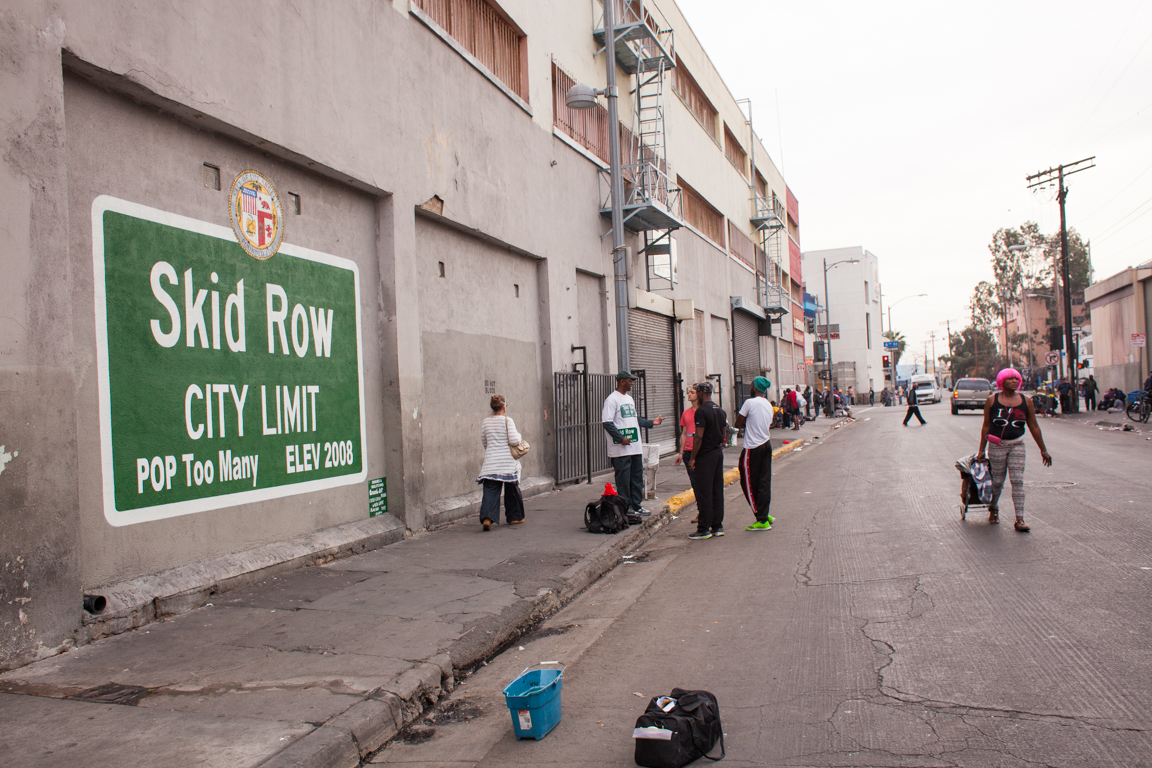I have read with interest the recent articles concerning Inglewood Police Chief Jackie Seabrooks and her magical disappearing act during the recent spate of Officer Involved Shootings.
This invites a comparison with the past in Culver City when there have been Officer Involved Shootings, especially when officers themselves have been shot.
Personally, I never saw Chief Ted Cooke at the scene of an Officer Involved Shooting, not even when an officer had been shot. There may have been a time when he was present, but I cannot recall one.
I and about 30 other officers from Culver City and the LAPD do recall Chief Cooke being present at the scene of a shooting involving a former officer.
It just happened that the former officer was employed by Cooke’s privately owned security company. He had fired rounds and wounded a potential robbery suspect.
The Cooke employee just happened to be providing personal executive protection services to an owner of a local check-cashing establishment. This same business owner had been previously arrested. He was the subject of a major narcotics and Drug Enforcement Administration investigation several years prior when nearly a million dollars in cash, suspected to be proceeds from either money laundering or narcotics sales, was seized.
Why would an owner of a private security company show up at the scene of a shooting involving one of his employees?
Most likely, if the employee did something wrong, then that security company owner would have to pay out of his or her pocket.
If a police officer or deputy sheriff shoots someone in the line of duty, and the person did something wrong, it would be the city or the county who would pay. The translation here is that “It’s not coming out of my pocket. So I don’t care.”
It just so happened that the money was ordered to be returned to this individual prior to the conclusion of the investigation.
Within a short time, he had retained the services of Cooke Protective Services.
How utterly convenient. We can only imagine how that happened.
Fast forward a few years, and we have Cooke on scene and even transporting his employee and client immediately following a shooting.
A sitting police chief immediately shows up at the scene of a shooting involving one of his employees and his client, and immerses himself in the investigation — does anyone see a problem with this picture?
As in the case with Chief Seabrooks and in the case with former Chief Cooke, we see that personal interest and personal financial interest, were the deciding and motivating factors on whether or not they presented themselves during the immediate tense moments following the shootings or professionally addressed the issues in the aftermath.
Why is it important for a police chief to be present at not only the scene of an Officer Involved Shooting, but in the days that follow?
First, there is a tremendous amount of stress involved for the affected officer or officers who happen to wound or kill a suspect.
Contrary to popular belief, and in most instances, cops are not really pleased at having to shoot someone. In most cases, they also are not pleased with having to take a human life.
There may be other emotional factors involved. Some may have no emotion. Others would handle it professionally, pleased in the belief that they were just doing their job and protecting their life or the life of another person.
In the back of virtually every cop’s mind there is stress, anxiety and the constant question, “Did I do the right thing?” “Am I in trouble?”
Those questions are justified.
Would this be a case of a police chief or high ranking police official trying to make a name for himself or herself at the officer’s expense? Would a prosecutor or elected official make an example of the officer for political gain, or political correctness?
Or would an unbiased and professional investigation reveal the facts given the unusual circumstances?
From the viewpoint of the affected officers, and not just the shooter’s but other officers who were present at the scene, it is important.
It is also important from a public relations point of view. The chief must have the ability to calm community resentment, and community fears.
This comes in the form of strong leadership, neither stating that the officers’ heads will be on a platter nor completely placing the blame on the perpetrator, whether wounded or deceased.
Stick to the facts.
The police chief must be fair and must place these types of scenarios at the top of his or her list.
What happened can’t be undone. But what can happen is the transition from anger and fear to one of calm, based on facts.
The investigation will unravel in time, but the chief has to make sure that the process goes as smoothly as possible. A police chief should not be continuing with his or her personal vacation with his or her significant other. Nor should the chief be sitting there, counting his or her or money.
The chief needs to be present and visible.
In contrast, we demand that a line officer wake himself at 1 in the afternoon after working the graveyard shift to testify in court on a traffic ticket case.
Shouldn’t the citizens demand that their police department head be present as soon as is reasonably possible at the scene and in the aftermath of an officer- involved shooting?
It is virtually guaranteed that if a line officer ignored a properly served subpoena to appear in traffic court in order to sleep, he would be disciplined.
But does the same standard apply to a police chief?
We have seen examples in two different cities with similar scenarios and similar ways in which they were handled.
It is explicitly clear in both cases that the concerns of all of those affected and the community were not the top priority.
As has been the case in Culver City for nearly three decades, and it would appear in Inglewood, personal interest trumps community interest. It would also appear that at least in this one instance, the prior City Council in Culver City did make a correct decision in choosing not to hire Ms. Seabrooks as police chief.







